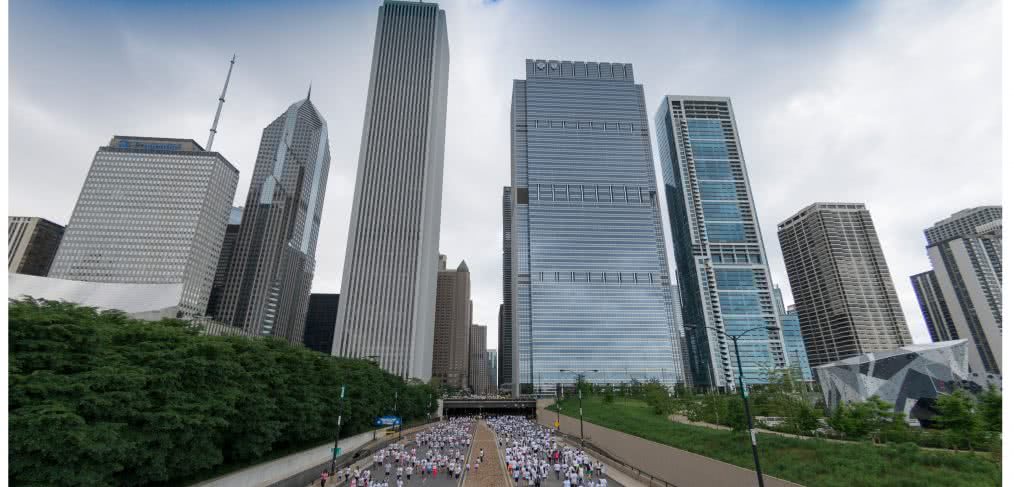
Sports and the City
Sports venue design has gotten a lot of attention lately as designers are increasingly challenged to integrate the big game with the urban experience. CallisonRTKL has played a role in several such projects: from master planning for the Orlando Magic to L.A. Live!, we’ve helped turn out a few of the most exciting sports and entertainment destinations in the country.
When it comes to creating dynamic hubs that are well-integrated and well-connected to their surroundings, different types of sports venues have different approaches. Baseball parks around the country are improving; they’re trying hard to frame panoramic city views and engage the surrounding neighborhoods like never before. Football stadiums, not so much—they continue to be relatively insular. Basketball and hockey arenas tend to be multi-purpose venues, hosting concerts and other types of events, but the degree to which they engage with the urban context varies widely. Meanwhile, tennis and golf tournaments are isolated events out in the suburbs, for the most part. Boxing? Forget it.
You know what’s cool? Marathons.
No foul lines, no goal posts, no acres of asphalt. Marathons don’t have a court, a field, a half-time or a two-minute drill. What they do offer is an incredible showcase of cities, streets, parks and lakes, and an ability to galvanize urban enthusiasm for an adopted team with a roster of 45,000 people.
Yesterday was the 40th consecutive running of the Chicago Marathon, and it was perfect. Blue skies, temperatures in the 60s, a crystal-clear Lake Michigan. The starting line and finish line are both in Grant Park, Chicago’s Front Yard. From the starting line, the runners headed straight up the lakefront through gorgeous Lincoln Park, made a U-turn at Addison, then right back down to the Loop where the route meandered past tall buildings housing banks and corporate America before turning west to the explosive growth of the West Loop. From there, it got more interesting as the runners passed through Little Italy, University Village, Pilsen and Chinatown.
The southern boundary was 35th Street, not far from Hizzoner Da Mare’s old haunts. Then, it was pretty much a straight shot north on Michigan Avenue through Bronzeville, the Prairie District and the South Loop to the finish line, just north of Roosevelt Road. Every one of these neighborhoods was bursting with pride and energy.
I watched both the start and the finish. I watched 99-pound Ethiopian champions sprint along with regular folk persevering in pursuit of their fitness goals. Teenagers and octogenarians and everyone in between. But I watched the crowd, too, and what I saw was black, white and brown united in enthusiasm. They cheered for the incredible display of sportsmanship and persistence in front of them—for their relatives and friends, for Daniel Burnham, for an amazing civic spectacle that happens once a year and for love of a much-maligned city.
The Chicago Marathon is a sporting event that is externally, rather than internally, focused. Civic engagement is its calling card with corporate boosters, private sponsors and City Hall linked hand-in-hand with regular Joes like me, and some of the world’s most accomplished athletes thrown in for good measure. Yesterday, Chicago celebrated excellence—in athletics and in urban life.
